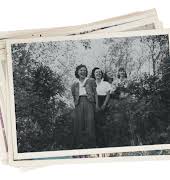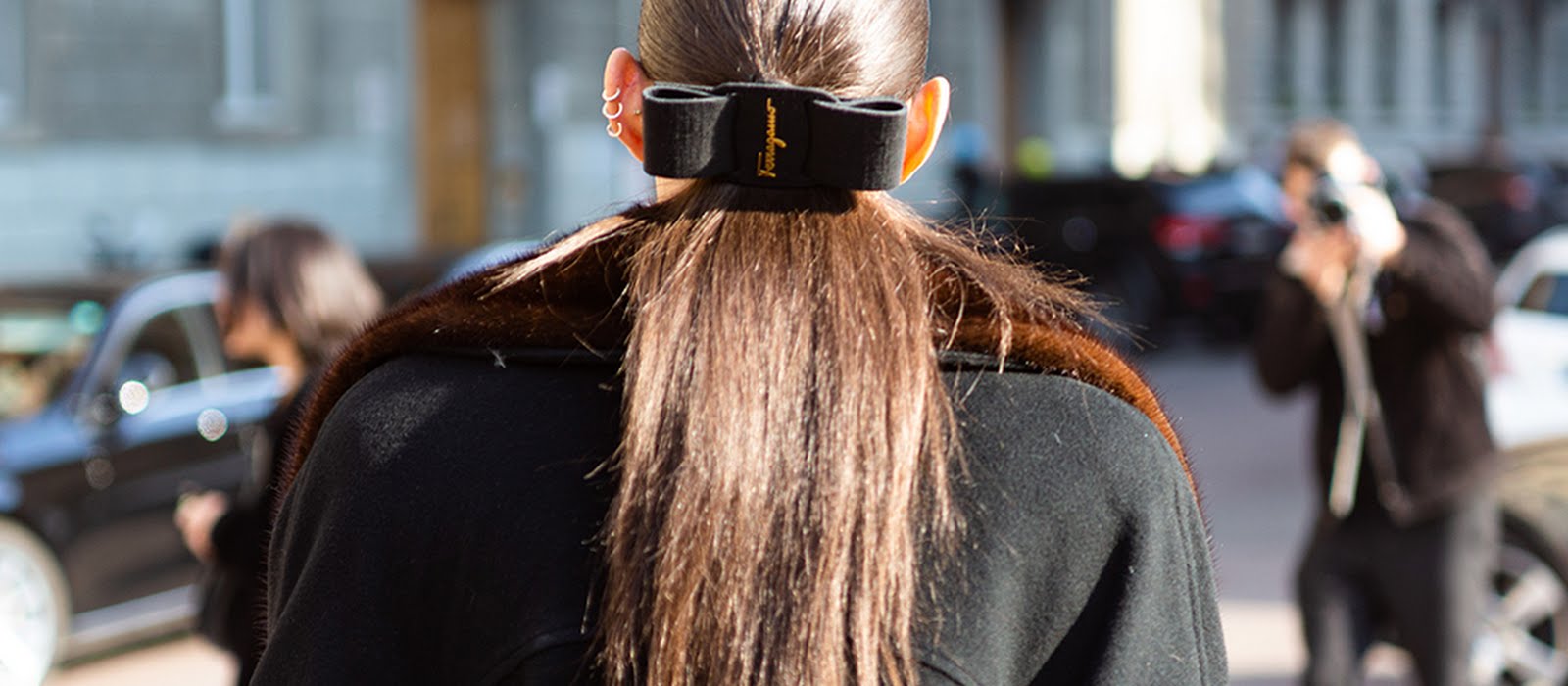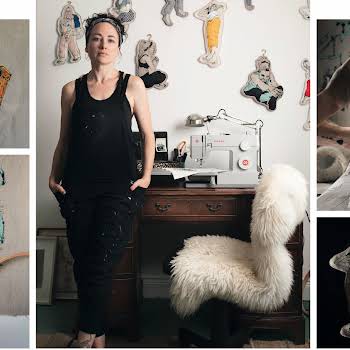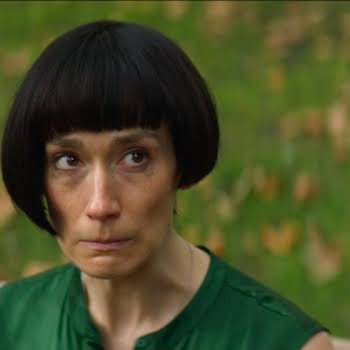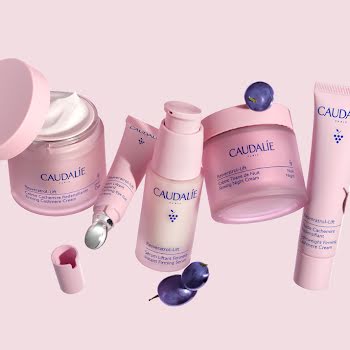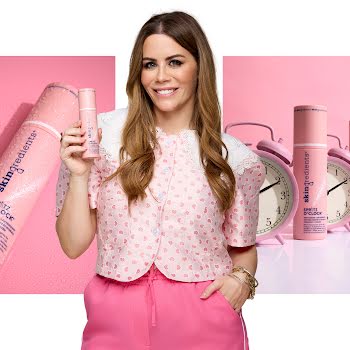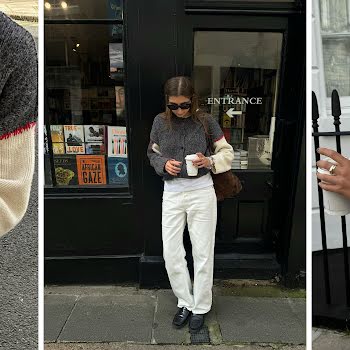
Whether you’re entering a new life stage, getting over a break-up, starting a new job, or bored with the old routine, new hair brings a breath of life. But before you go switching things up, remember: this is a marathon, not a sprint. Melanie Morris learns what’s involved after you’ve just stepped out of the salon.
A makeover only begins in the hairdresser’s chair, because with a new ’do comes responsibility. It’s great to leave the salon with a glow-up – whether that’s a new cut, a head of highlights, a fresh set of extensions, or all three – but how your hair faces the future is a collaborative effort, and the client has a big part to play in what happens next.
Conor James Doyle is a hairdresser who specialises in education. His mission is “to break down the walls between the professional and consumer, educating both in great hair techniques and maintenance”. His social channels (@conorjmd) are blowing up with content that’s as entertaining as it is informative, and he’s got plenty of tips to share on how to handle salon-standard hair.
The consultation
We’re probably all sick of hearing how an awesome makeover starts with a good, thorough consultation, but so be it. “The time to decide on your life-changing switch-up is not in the stylist’s chair, right before a five-hour appointment when you have the kids farmed out for the day – that’s way too much pressure for everyone,” says Conor. “A much smarter move is to book 15-30 minutes a few days ahead of time so the stylist can get a handle on the client’s personality, their hair and their aspirations. This gives the process a much better chance of success, because sometimes we might need to do a bit of research, or order in special products. The optimal solution mightn’t be the first idea, so it’s good to have time to chat and think. It also takes the pressure off the client and/or professional to go ahead if they’re not happy.”
“When it comes to colour, clients should remember that permanently colouring hair irreversibly changes its structure, especially where intense lightening is involved. It’s like taking a sturdy piece of fabric and refining it into something a lot more delicate, so you can’t expect to be able to treat this new material the same way as before. You can’t constantly wash it, apply heat to it, style it and expect it to thrive. Equally, you can’t throw a darker colour on top of it and expect it to go back to what it was. You have to respect this delicate material’s new integrity and go gently.”
Hair extensions
Just as fresh colour can bring a whole new perspective on life, so can a change of length, or thicker hair, which also gives a style more body and hold. In the past decade, hair extensions have moved from specialist to mainstream hairdressing and there are plenty of options. Karen Fraher, owner of The Hive salon in Dublin, is an authority in beautiful, very natural extensions and has tried every type of bond, bead and tape. “As with colour, choosing which sort of extensions are right for a client is a very individual thing, and determined by so many factors, such as hair thickness, curl, propensity to frizz, colour, desired result and budget. The amount of time a client is prepared to put in to aftercare and refilling is also a consideration. I love bonds because they can be tailored very specifically to the client, and the fall is very natural, diffusing nicely from the root. Tapes have come on significantly in recent times and offer a huge variety of colour choice. They can be speedily applied the first time, they don’t require heated glue, and the same hair can be used up to four times. They are great to fill in sides where hair might be sparse or broken, too. However, they need to be changed more often than bonds, and it’s a more time-consuming process than the client might be aware of.” As with Conor, Karen recommends a consultation ahead of time so both client and stylist are confident about the final decision.
Aftercare
Whatever course of action you choose, the makeover doesn’t end when you step out of the salon. When it comes to aftercare, there are learnings to take on board. The first lesson is in selecting the right products for the job. “To be honest, I don’t care if a client buys products from me, but I want them to get the best and longest results from their style,” says Conor. “So, I always encourage the client to take a photo of the products I suggest would work best, and then they can do their own research. It’s also a handy way to remember the various steps and solutions involved.”
In terms of managing extensions at home, Karen suggests clients treat their hair type, not the extensions. “I often hear clients asking if a product can be used with extensions, or if it will affect the bonds or tape. The truth of the matter is that hair is a lot more precious, and harder to replace than extensions, so always look after your hair. I am a big fan of the Nioxin system, as it treats the scalp and hair follicle as well as the existing hair, which means when the extensions come out, clients are often pleasantly surprised with the texture and condition of their own hair.”
Washing
Whatever the aftercare, there are a few key elements that apply across the board. Washing less frequently is going to help for a number of reasons, because it also means less blow-drying, styling, product build-up and heat. “I suggest lightened clients try to stick to a maximum of twice a week, unless their scalp is screaming otherwise,” says Conor. “Also, a lot of people are surprised to hear that we have very hard water in Ireland, which plays havoc with hair colour, so washing less often will help stop funky things happening with your highlights.” Equally, and a very unpopular piece of news, is that fake tan stains the hair… think of those orangey sections by the base of your neck. (I know.)
People are surprised to hear that we have very hard, acidic water in Ireland, which plays havoc with hair colour, so washing less often will help stop funky things happening with your highlights.
On the subject of changes to hair colour, Conor points out that the currently very popular platinum shades will always fade to gold. “That’s for a number of reasons, but it’s going to happen. But before lunging towards a bottle of purple shampoo, it’s important to correctly diagnose what the issue actually is. For example, if the hair has gone dull, darker, maybe even a little green, the issue is most likely hard water or some sort of build-up. Adding purple shampoo over this can actually add more fuel to the fire, resulting in lifeless, sludgy locks. A detoxifying treatment like Color Wow Dream Filter, anti-mineral shampoos like L’Oréal Professionnel’s Metal Detox or brightening shampoos like Redken High Bright could be the best solution. You may even need a shower filter – Vibe salon in Co Cavan has started making a great, affordable one.”
“If the issue is more along the lines of excessive yellow (think harsher brighter tones vs dull), then purple shampoo could be the solution. It’s important to use a high-quality one (Redken Blondage is lovely) and only use every few washes as needed. It’s possible you may need a combination of all the options mentioned above; that’s where a professional can guide you.”
Bonding
Bonding treatments like Olaplex have been a gamechanger in colour, allowing stylists to push further with shade-change while maintaining hair quality. Conor recommends clients follow up salon treatments by applying Olaplex No 3 (the at-home version of the professional Olaplex No 2) to damp hair the evening before a hair wash, the first three times after colour. “Not following up with good home care is a killer,” echoes Neill Cooney, a stylist with Brown Sugar. “It’s like going to a personal trainer to work out, and then stopping in McDonald’s on the way home.”
Blowdrying
Armed with the right tools, and a bit of knowledge, keeping hair looking its best becomes far more straightforward. One of Neill’s key tips to a great home blow-out is not to blast-dry the hair too much before styling. “Often, we hear that the hair should be 80 per cent dry, but I suggest cutting that back to about 50 per cent. Once the hair is dry, you lose the potential to add volume. Lift the root under tension and use a styling product to add dimension and hold. Remember, gravity will always pull hair down, so go big, and don’t brush out curls until the last moment.”
Expectations
Finally, it’s about expectations… and those Instagram or Pinterest pictures we all bring into salons. While they may be great to draw inspiration from, remember a static, optimally-lit, most likely heavily filtered picture is very different from reality; so cut yourself – and your stylist – some slack and enjoy your new look however it evolves. Perfection is as elusive as it is boring.
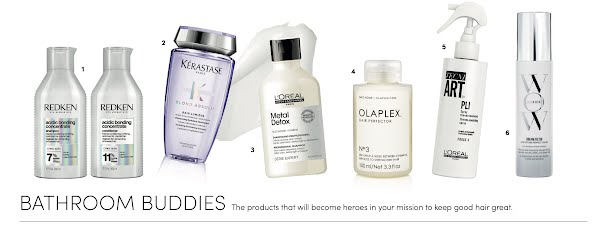
1 Redken Acidic Bonding Concentrate Shampoo, €27, Conditioner, €27, and leave-in treatment, €27. A three-step, multitasking system for intense conditioning and reduced breakage whilst prolonging salon-grade colour and smoothing/defrizzing hair.
2 Kérastase Blonde Absolu Shampoo, €25.90. Banishes yellow tones from icy blondes. Use the translucent Bain Lumière shampoo regularly and then freshen up blondes with a purple punch of Ultra-Violet as needed.
3 L’Oréal Professionnel Metal Detox Shampoo, €28. Removes the compounds in hard water to dramatically freshen and brighten colour. A new gamechanger with conditioner and mask also available.
4 Olaplex No 3, €27.50. The home solution to keeping hair strong and healthy after colour. Apply to damp hair as a mask prior to washing.
5 L’Oréal Professionnel Tecni.Art Pli, €19. A great blow-dry involves giving hair memory. Pli is a styling spray that protects, shapes, defrizzes and holds.
6 Color Wow Dream Filter, €28. A clarifying pre-shampoo treatment to brighten and correct hair colour. Apply to dry hair for one to three minutes before washing.
This article originally appeared in the Summer issue of IMAGE Magazine. Photography by Jason Lloyd Evans.






